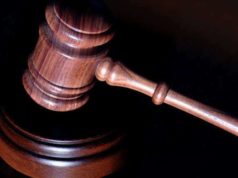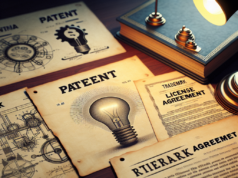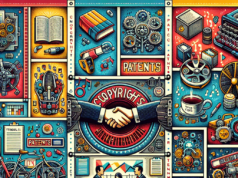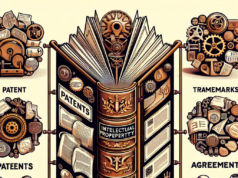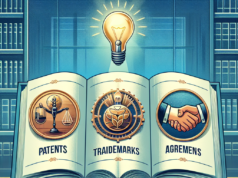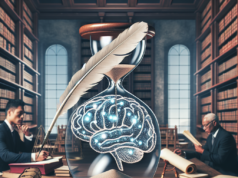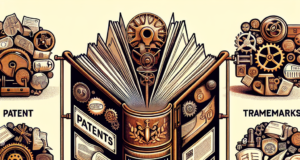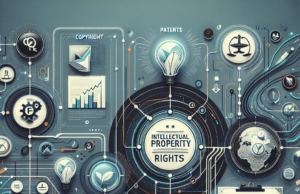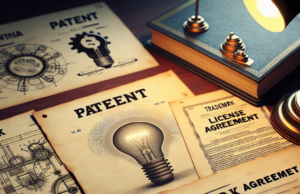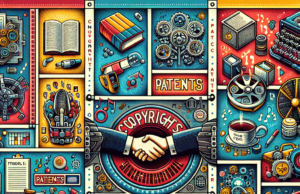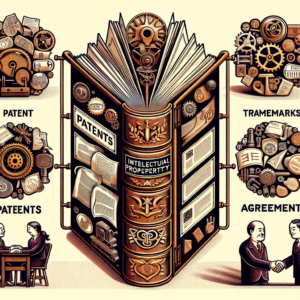
In an era where creativity and technology intersect more than ever, the concept of fair use has emerged as a pivotal yet contentious aspect of copyright law. As artists, educators, and content creators navigate the complexities of intellectual property, the principle of fair use serves as both a shield and a sword. This article delves into the intricacies of fair use, exploring its historical evolution, key controversies, the impact of technology, and its implications for creators in a rapidly changing legal landscape.
Understanding Fair Use: A Fundamental Principle of Copyright Law Explained
Fair use is a doctrine within copyright law that allows limited use of copyrighted material without requiring permission from the rights holders. It is designed to promote freedom of expression by enabling activities such as criticism, comment, news reporting, teaching, scholarship, or research. The determination of fair use is not a straightforward process; it involves a case-by-case analysis based on four factors: the purpose and character of the use, the nature of the copyrighted work, the amount and substantiality of the portion used, and the effect of the use on the market for the original work. This nuanced framework aims to balance the rights of creators with the public’s interest in accessing and utilizing creative works.
The Historical Context: How Fair Use Evolved Through Landmark Legal Cases
The concept of fair use has its roots in the early 20th century, but it gained significant traction through landmark legal cases that shaped its interpretation. One of the most influential cases was Campbell v. Acuff-Rose Music, Inc. (1994), where the U.S. Supreme Court ruled that 2 Live Crew’s parody of Roy Orbison’s “Oh, Pretty Woman” constituted fair use. This decision underscored the importance of transformative use, emphasizing that the purpose of the new work could justify its creation even when it borrows from the original. Other pivotal cases, such as Sony Corp. of America v. Universal City Studios, Inc. (1984), which addressed the legality of home video recording, further solidified fair use as a critical component of copyright law, allowing for the evolution of media consumption in the digital age.
Key Controversies: High-Profile Fair Use Disputes That Captivated the Public
Fair use has been at the center of numerous high-profile disputes that have captured public attention and sparked debate about the boundaries of copyright. One notable case involved the artist Shepard Fairey, who used an Associated Press photograph of Barack Obama to create the iconic “Hope” poster during the 2008 presidential campaign. The ensuing legal battle raised questions about the extent to which artists can draw inspiration from existing works. Similarly, the case of Authors Guild v. Google (2015) examined whether Google’s digitization of books for its library constituted fair use, ultimately ruling in favor of Google and affirming the transformative nature of its project. These controversies highlight the ongoing struggle to define fair use in a way that respects both the rights of original creators and the need for innovation and cultural commentary.
The Role of Technology: How Digital Media Challenges Traditional Fair Use Norms
The rapid advancement of technology has significantly challenged traditional notions of fair use, particularly in the realm of digital media. The rise of social media platforms, streaming services, and user-generated content has blurred the lines between original creation and derivative works. For instance, the use of copyrighted music in TikTok videos or the incorporation of clips from films in YouTube reviews raises complex questions about fair use. As digital content becomes more accessible and shareable, the potential for infringement increases, prompting calls for clearer guidelines on fair use in the digital age. The challenge lies in adapting existing legal frameworks to accommodate new forms of expression while protecting the rights of copyright holders.
The Impact of Fair Use on Creators: Balancing Rights and Innovation in Copyright
Fair use plays a crucial role in fostering creativity and innovation among artists, educators, and researchers. By allowing limited use of copyrighted material, it enables creators to build upon existing works, sparking new ideas and artistic expressions. However, the ambiguity surrounding fair use can also create anxiety for creators who fear legal repercussions for their work. This tension between the desire to innovate and the risk of infringement underscores the need for a balanced approach to copyright law that encourages creativity while safeguarding the rights of original creators. As the landscape of content creation continues to evolve, the role of fair use in supporting artistic expression remains a vital consideration.
Future Directions: Predicting the Evolution of Fair Use in a Changing Legal Landscape
As society becomes increasingly digital and interconnected, the future of fair use is likely to evolve in response to emerging technologies and cultural shifts. Legal scholars and policymakers are already discussing the need for clearer guidelines that reflect the realities of modern content creation. Potential reforms may include more explicit definitions of transformative use, greater protections for educational purposes, and considerations for the impact of digital platforms on fair use determinations. Additionally, as artificial intelligence and machine learning technologies become more prevalent in creative processes, the implications for fair use will require careful examination. The ongoing dialogue surrounding fair use will be essential in shaping a legal framework that balances the rights of creators with the public’s interest in accessing and utilizing creative works.
In conclusion, the principle of fair use remains a cornerstone of copyright law, embodying the delicate balance between protecting creators’ rights and fostering innovation. As the legal landscape continues to shift in response to technological advancements and cultural changes, the ongoing discourse surrounding fair use will be crucial in defining its future. By understanding its historical context, key controversies, and the challenges posed by digital media, stakeholders can better navigate the complexities of copyright law and contribute to a more equitable and creative environment for all.

